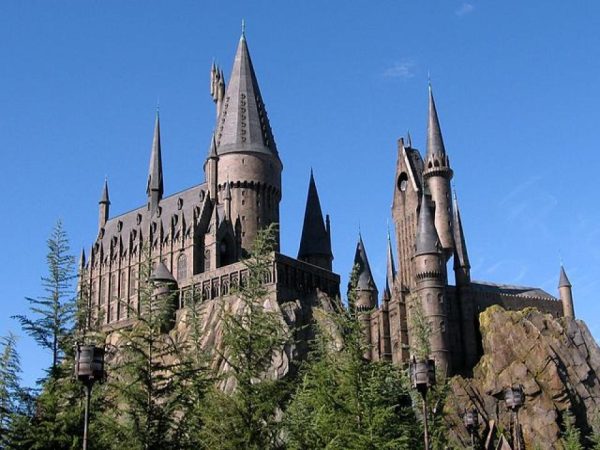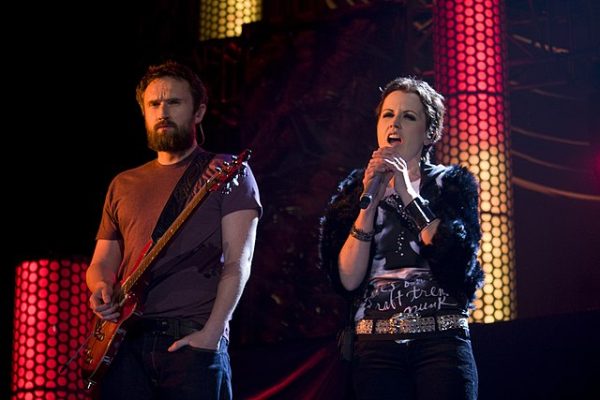Real Versus Artificial Christmas Trees: Which Are You?
The choice of Christmas trees are based on family holiday tradition. Many families enjoy the experience of choosing a real tree. Other families enjoy the convenience of an artificial tree.
December 20, 2017
Are you a real Christmas tree person or an artificial tree person? Most people have a definite opinion on this subject, and it usually stems from what kind of tree their families have. There are many thoughts and opinions on Christmas trees based on different benefits.
“Real trees smell good and make you think of Christmas”: this is usually the first argument that you hear about real Christmas trees. Along with this holiday scent, real trees are considered the traditional and natural choice by many people because of their many benefits. Real trees are recyclable as well as biodegradable and can be used for mulch and other purposes. As real trees are purchased, other trees are being replanted. This means that the Christmas trees are helping the environment by using carbon dioxide and other gases to produce oxygen. However, there is a downside to real trees that many people do not know until it is too late. Because tree bugs (the types differ based on the location and type of tree), are dormant in many real Christmas trees during the cold months, when a tree is brought inside the warmth of a home, the bugs wake up. To avoid this problem, most tree farms have mechanical tree shakers to rid the tree of bugs and their eggs,which also gets rid of the loose pine needles. It is also recommended that you leave your tree in the garage for 24 hours before decorating.
There are various Christmas tree farms to choose from in the North Forsyth area, including Kinsey Family Farm, Bottoms Christmas Tree Farm and Holly Hill Tree Farm. Many of the farms that grow Christmas trees grow them on soil that may not support other crops, which benefits our environment.
The biggest advantages of artificial trees are their cost and convenience. Real Christmas trees run an average of $90 to $200 for a six to eight foot tree, not to mention it will be a yearly expense on the Christmas budget. On the other hand, an artificial tree averages about $200 and can be used year after year. Many artificial trees even have lights pre-installed, removing another time consuming task. There is neither a trip to a local sales area nor a long car ride to a tree farm, making the artificial trees especially low maintenance. You pull the tree out of storage, set it up and start decorating. The shape is always perfect, it does not require watering and there are no piles of messy needles before, during or after Christmas to clean up.
My family has always had a real tree since I was born. We live very close to a local tree farm (Kinsey Family Farm) and have always loved visiting and carefully picking out a tree-it is a great family bonding experience. Every year we talk about changing to an artificial tree and we would always conclude by saying “maybe next year.” After careful consideration we have decided to try an artificial tree for the first time this year, choosing a seven and half-foot tree with 2,860 tips and 600 color changing lights with a remote control.
We still plan to support our local tree farm by buying fresh wreaths and greenery from them to bring in the holiday scent to add to our decor. The cost is smaller and needles less plentiful. While traditional trees are usually real due to the holiday scent and the experience, artificial trees are more cost-efficient over time and are more convenient. Despite what kind of tree you prefer, the most important tradition is that people spend the holidays with friends and family, spreading good cheer in our world.














